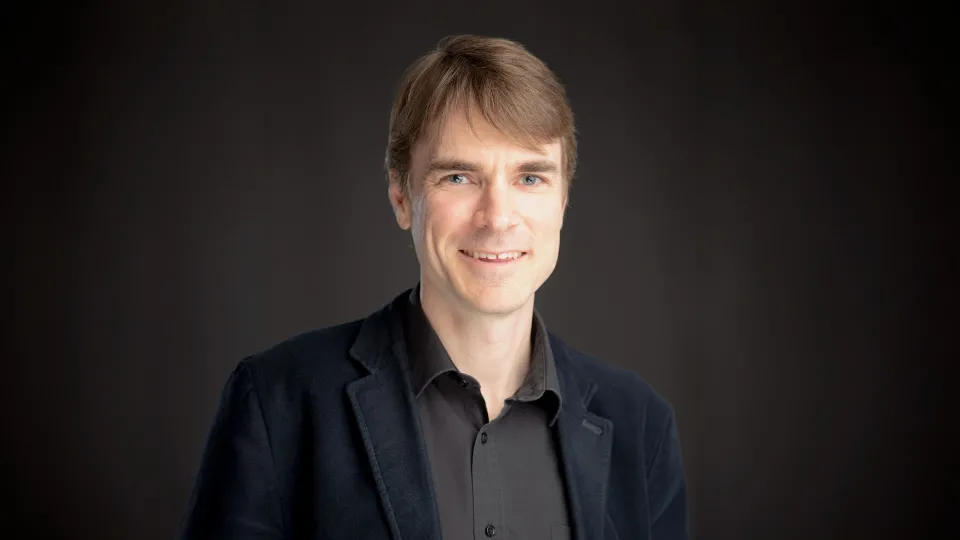
Understanding the COVID wave
As countries around the world work to "flatten the curve," a reference to slowing the progression of COVID-19 cases, David Ketcheson is putting mathematical modeling to work to understand how transmission is playing out.
About
As countries around the world work to "flatten the curve," a reference to slowing the progression of COVID-19 cases, David Ketcheson is putting mathematical modeling to work to understand how transmission is playing out.
"I study things like waves," Ketcheson said. "Of course waves are made up of many tiny water molecules, and we cannot predict the movement of each of those molecules. But we can very accurately predict the motion of the whole wave."
Ketcheson describes the evolution of highly complex systems through differential equations, something he brought to bear to help explain the progression of SARS-CoV-2, the strain of coronavirus currently infecting hundreds of thousands worldwide, resulting in the illness called COVID-19.
Sciencetown interview with David Ketcheson
We spoke with David Ketcheson for episode 10 of Sciencetown - Understanding the pandemic.
A highly dynamic situation
Ketcheson is an associate professor of applied mathematics and computational science at KAUST. He is quick to explain that he is not an epidemiologist. But, with historical data and mathematical heft, he does have some powerful points to make about the current COVID-19 situation.
"So, while we can't predict the actions of individual people, in a large population, we can pretty accurately predict the overall spread," Ketcheson said.
In late February, he found himself explaining to relatives and colleagues how what is now a global pandemic might progress. By mid-March, he had written a series of articles explaining, in layman's terms, the SIR model—a classical differential equation that breaks people into three groups, Susceptible, Infected and Recovering, for the purposes of modeling the spread of infectious disease.
Flattening the curve
What Ketcheson explained in those articles is rapidly playing out—the disease is spreading at an exponential rate. Perhaps more alarmingly, there might be as many as between 5 and 10 times more cases than are currently being reported. At a time when Johns Hopkins is reporting that over 700,000 cases have been confirmed worldwide, Ketcheson sees a world where between 3 and 6 million are most likely already infected, even if many of those individuals are not showing symptoms.
"The model has been powerfully predictive. In the absence of interventions, the doubling time of the disease would be between three and four days," Ketcheson said.
Read the full article
